 Weird Stuff
Weird Stuff  Weird Stuff
Weird Stuff  Miscellaneous
Miscellaneous 10 Interesting Things Manufacturers Stopped Making and Why
 Gaming
Gaming 10 Funny Tutorials in Games
 History
History 10 Fascinating Little-Known Events in Mexican History
 Facts
Facts 10 Things You May Not Know about the Statue of Liberty
 Movies and TV
Movies and TV 10 Movie Adaptions That Brought Popular Songs to Life
 Health
Health 10 Miraculous Advances Toward Curing Incurable Diseases
 Miscellaneous
Miscellaneous 10 Undeniable Signs That People’s Views of Mushrooms Are Changing
 Animals
Animals 10 Strange Attempts to Smuggle Animals
 Travel
Travel 10 Natural Rock Formations That Will Make You Do a Double Take
 Weird Stuff
Weird Stuff 10 Freaky Times When Famous Body Parts Were Stolen
 Miscellaneous
Miscellaneous 10 Interesting Things Manufacturers Stopped Making and Why
 Gaming
Gaming 10 Funny Tutorials in Games
Who's Behind Listverse?

Jamie Frater
Head Editor
Jamie founded Listverse due to an insatiable desire to share fascinating, obscure, and bizarre facts. He has been a guest speaker on numerous national radio and television stations and is a five time published author.
More About Us History
History 10 Fascinating Little-Known Events in Mexican History
 Facts
Facts 10 Things You May Not Know about the Statue of Liberty
 Movies and TV
Movies and TV 10 Movie Adaptions That Brought Popular Songs to Life
 Health
Health 10 Miraculous Advances Toward Curing Incurable Diseases
 Miscellaneous
Miscellaneous 10 Undeniable Signs That People’s Views of Mushrooms Are Changing
 Animals
Animals 10 Strange Attempts to Smuggle Animals
 Travel
Travel 10 Natural Rock Formations That Will Make You Do a Double Take
10 Famous Figures Whose Graves Have Never Been Found
In 2013, the remains of King Richard III were found in the unlikely location under a carpark (parking lot) in Leicester, England. This highlighted how some of the tombs of famous historical figures could be found in the most unlikely places with persistent research and hunting. Some tombs may be lost forever, but the discovery of Richard III’s remains reignites the hope that other lost remains could be found. Here are 10 famous figures whose graves have never been found and the stories behind their lost tombs.
Related: Top 10 Unusual Discoveries Inside Graves Near The Nile
10 Genghis Khan
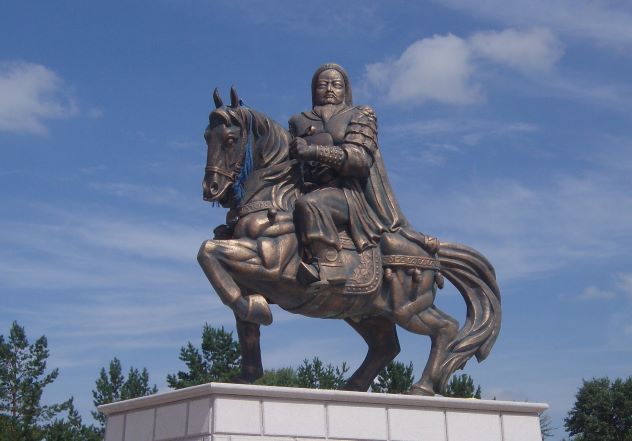
The fact that we are yet to find Genghis Khan’s final resting place shows that the Mongolian leader’s intentions were met. Chinese and Persian sources suggest that Khan died in 1227 during a campaign in China and his son returned his body to Mongolia.
Soldiers honored Khan’s request to keep the gravesite a secret. They apparently did this by hiding the grave by trampling over it with 10,000 horses until the ground was even and diverted a river over it to protect it from robbery. They also killed anyone who saw the funeral so that no one could reveal the location. It is now one of the most sought-after tombs amongst archaeologists, with many scholars believing that Khan was buried in the Khentii mountain range in Mongolia.[1]
9 Cleopatra & Mark Antony

The famous double suicide of the couple took place around 30 BC after Octavian (later known as Emperor Augustus) pursued them to Alexandria. Whilst it is widely agreed the Mark Antony stabbed himself in the stomach, there is still debate regarding Cleopatra’s death. Legend says she got an asp to bite her arm, whilst some say she was known for carrying deadly poison in her hairpins which she could’ve used, or she may have applied a deadly “ointment.”
Ancient chronicler Plutarch had much to say about their burial. He stated that they were laid to rest in “splendid and regal fashion” in a tomb near Alexandria, although he admitted that “what really took place is known to no one.” In 2009, archaeologists explored the Taposiris Magna temple in Absuir, Egypt. There they found a bust featuring Cleopatra’s visage, a mask believed to have belonged to Mark Antony, and coins with their likeness. All of this suggested that the couple weren’t far from this location. There’s some evidence to suggest Cleopatra built a tomb for herself before her death, whilst some believe that their tombs are at the bottom of the ocean, with underwater excavations occurring over the years.[2]
8 Alexander the Great
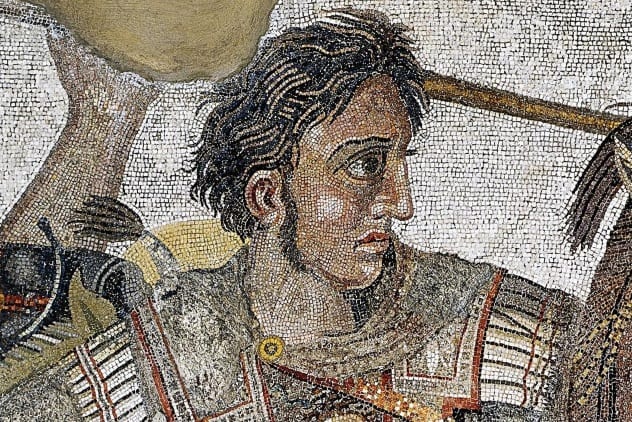
After leading a decade-long conquest mission from Greece to India, Alexander the Great died in Babylon in 323 BC. He was originally buried in a gold sarcophagus in Memphis, Egypt, and was then moved to Alexandria sometime between 293-283 BC. The military leader’s tomb was treated almost like a god’s temple, with Roman Emperors such as Caesar and Augustus visiting.
The tomb was also repeatedly robbed. Caligula supposedly took his armor breastplate in the 1st century AD; Cleopatra allegedly took gold to fund the war against Augustus. The gold sarcophagus was apparently melted down and replaced with one of glass or crystal. Emperor Septimus Severus had the tomb sealed in AD 190. This still didn’t make the tomb secure, as in AD 360, several events, including wars, riots, earthquakes, and a tsunami, threatened and potentially destroyed the tomb. Over 140 searches have tried and failed; most believe the tomb still lies in Alexandria.[3]
7 Attila the Hun
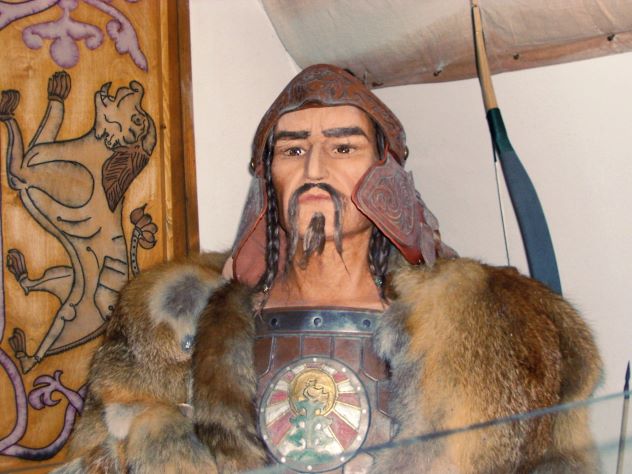
As ruler of the Huns, Attila established himself as one of the greatest enemies of the Roman Empire. According to records, in 453, Attila died on his wedding night with blood running from his nose and mouth. Warriors honored his death with a day of mourning and reportedly cut off their hair and slit their cheeks to mourn his death with their own blood. He was buried in a trio of caskets, made of iron, silver, and gold, and, similar to Genghis Khan, a river was diverted to hide the grave, and everyone who dug the grave was killed to keep the location a secret.
In 2014, construction workers in Budapest claimed to have found his burial site- finding a chamber with human and horse skeletons, jewelry, and tactical equipment- but was quickly disproved as a hoax. Although no trace of Attila or his coffin has been found, it is widely believed that he is buried in Hungary.[4]
6 Leonardo Da Vinci
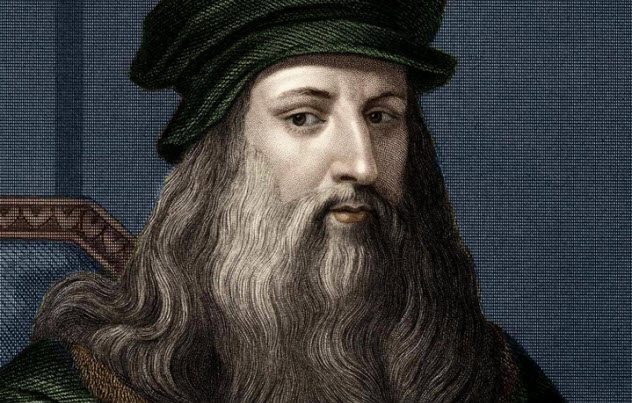
Passing away at age 67 in 1519, da Vinci was supposedly originally buried beneath a church that was later destroyed during the French Revolution. In 1863, an excavation found tombstone fragments and the remainder of some bones, which are supposedly da Vinci’s. While his official resting place is Chateau d’Amboise, France, it is still unknown whether these actually are Da Vinci’s remains.
Scientists have wanted to do DNA testing on the remains, but as Leonardo Da Vinci never had children, it poses a difficult problem. In 2016, Alessandro Vezzosi and Agnese Sabato identified descendants of da Vinci’s half-brother. There are plans to compare this DNA with a lock of hair that is potentially da Vinci’s.[5]
5 Harold II
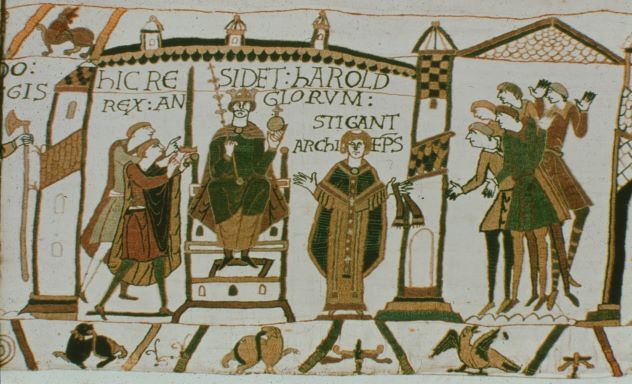
Harold II famously died in 1066 at The Battle of Hastings, fighting William the Conqueror. Allegedly, his body was so mangled that only his common-law wife Edith Swannesha (Swan-Neck) could identify him. Harold’s mother Gytha supposedly offered William Harold’s bodyweight in gold in return for the body so that he could have a Christian burial. However, William the Conqueror refused as he didn’t want Harold’s burial site to become a shrine for Saxons.
While it is unclear what exactly happened to the body, Rosemary Nicolaou from the Battle Abbey Museum said that “there are various stories including his mother finally getting the body or it being taken by monks to Waltham Abbey, but nothing has been proved.”[6] In 2003, a request to exhume a grave in Bosham Church was refused as the chances of identifying the remains as Harold II was ruled highly unlikely.
4 Queen Boudicca
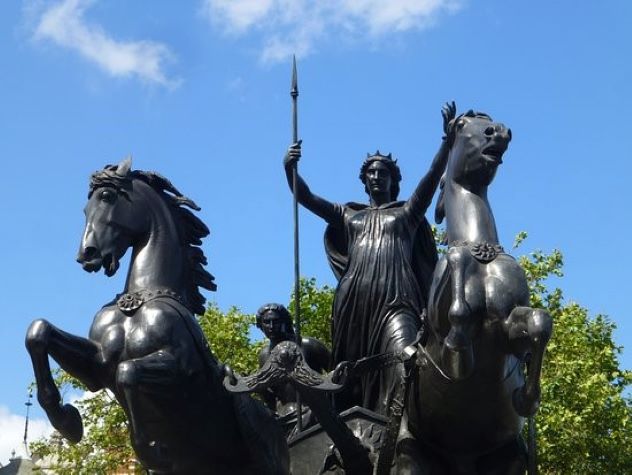
The Celtic Queen led an uprising against the Romans, including defense from excessive tax, property lost, and enslavement under the Roman Empire. She died in AD 60 and, although it is unknown how she died, it is generally believed that she died by suicide in order to avoid capture. (27)
Chances are Boudicca’s remains will never be found. Richard Hingley states that “it is unlikely that Boudicca would have had a burial monument, most Iron Age people in this region were disposed of in ways that do not show up in the archaeological record.”[7] There are rumors that she is buried under platform 8,9 or 10 at King’s Cross Station, London, but there have been no traces of her found here or anywhere else.
3 Wolfgang Amadeus Mozart
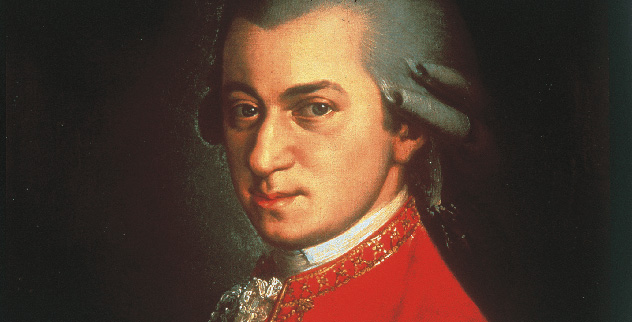
Everything surrounding the composer’s death is a mystery. In 1791, at age 35, he died in Vienna of a mysterious illness. He was buried in St. Mark’s Cemetery, Vienna, and the funeral was arranged by his friend and patron, Baron Gottfried Van Swieten. The body was placed in a wooden coffin in a common grave. Despite what some people claim, this does not necessarily mean a pauper or shared grave. Due to local law, however, graves could be dug up and reused after 10 years, which is assumed what happened with Mozart.
In 1801 a gravedigger claimed he had recovered the skull, and by 1902, it was given to Salzburg’s International Mozarteum. In 2006, scientists tested the skull to determine if it belonged to Mozart. Unfortunately, the results were inconclusive, leaving a big question mark still hanging over whether the skull is, in fact, his.[8]
2 Alfred the Great
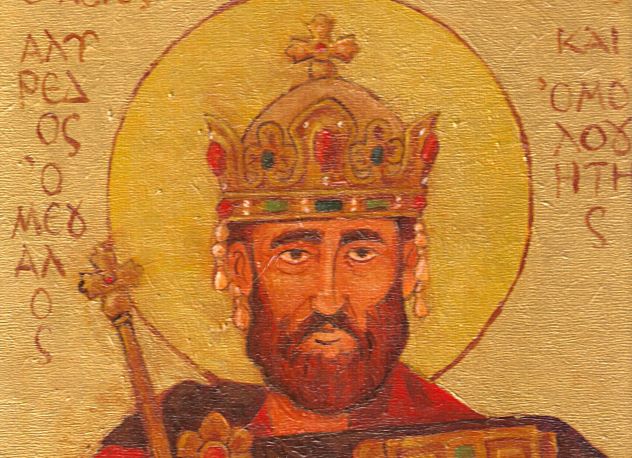
The only English king to be called “the great,” Alfred of Wessex is pretty significant in the history of the British monarchy. Yet his body had been passed from one place to the next. He was first buried in 899 in Winchester but moved to a new church his son Edward built in 903-904. By 1110, his body was moved again to Hyde Abbey alongside his wife and son. However, sometime after Henry VIII broke ties with Rome and the Pope, the abbey was destroyed, and the tomb was ransacked. Some claim that they were moved again to St. Bartholomew’s Parish Church, while others argue that 18th-century construction workers scattered the bones on the site of Hyde Abbey.
There have been several attempts to find the tomb without success. Winchester City Council commissioned an excavation, but only one body was found, which belonged to a woman. St. Bartholomew’s had commissioned 3 archaeologists to excavate an unmarked grave thought to be Alfred’s final resting place. Bones have been put in a secure location, waiting for further study.[9]
1 Nefertiti
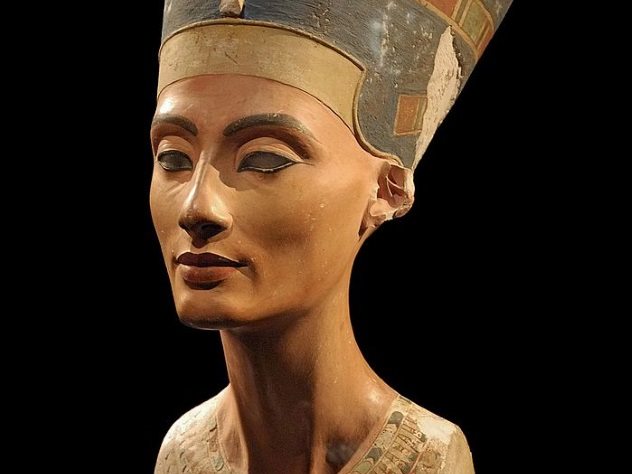
Very little is actually known about this Queen of Egypt, so archaeologists hope finding her grave will shed some light on the mysterious Royal Wife. In the 1880s, a multichambered tomb, later named Amarna 26, was discovered in Amarna, Egypt. Archaeologists are confident that the tomb belongs to Akhenaten, an 18th Dynasty pharaoh, and his daughter Meketaten. Despite the tomb being damaged, it was apparent that the third chamber was unfinished and the resident unknown.
Some archaeologists believe that this belonged to Nefertiti, Akhenaten’s wife, although there is a dispute. Archaeologist Barry Kemp stated that “nothing found in the tomb suggests that it had housed burial equipment for her;” therefore, it cannot be confirmed that this was her final resting place. With a big question mark hanging over Nefertiti and who she really was, the search for her grave remains high on archaeologists’ list of hopeful discoveries.[1]








